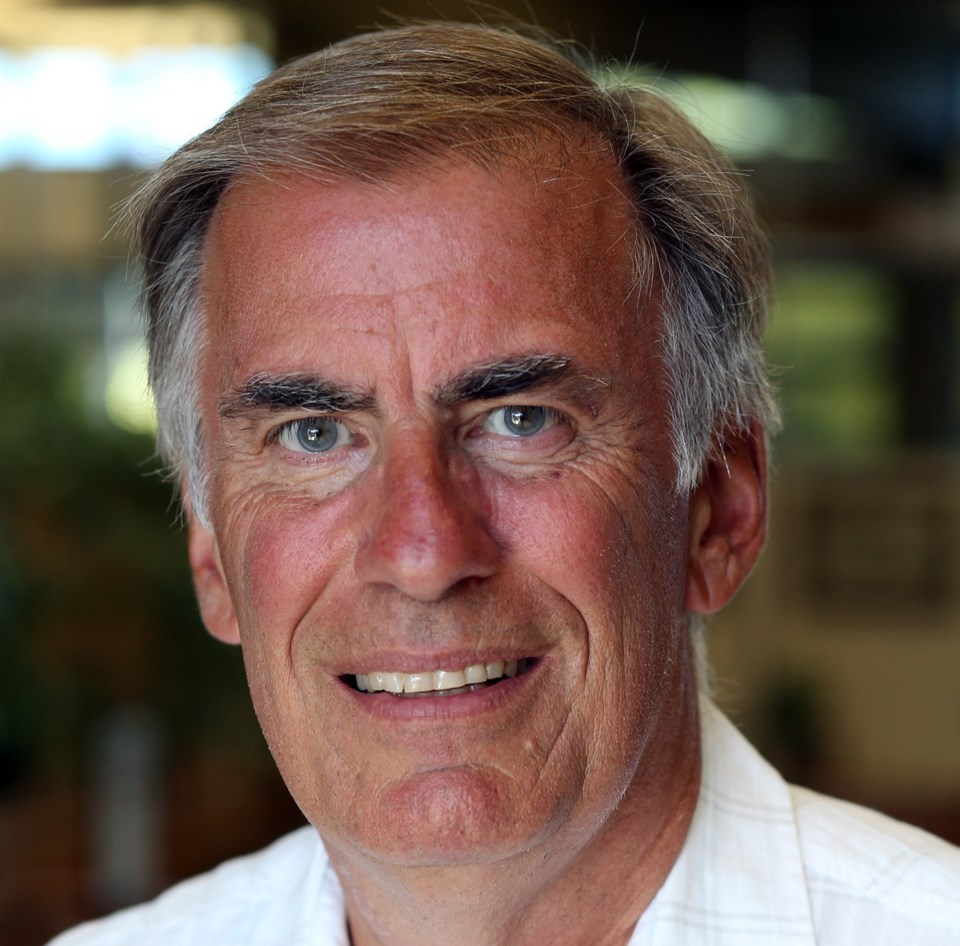What’s the price of democracy?
Greater Victoria property taxpayers paid a total of just over $2 million in salary and expenses for the 91 part-time mayors and councillors in the region’s 13 municipalities.
The figure is more than double the $826,000 paid for the nine-member council in Surrey which, with a population of 403,131, is larger than Greater Victoria, population 367,770.
A review of financial documents from each municipality shows local taxpayers paid $1.94 million in salary and benefits and about another $217,000 in expenses in 2016 for mayors and councillors.
The top-paid mayor in the region is Victoria Mayor Lisa Helps, who received $102,302 in salary and filed for $10,805 in expenses last year. Saanich Mayor Richard Atwell, mayor of the region’s largest municipality, was paid $99,363 and filed $3,864 in expenses.
Councillor salaries are all over the map and range from a high of about $41,000 in Victoria and $39,500 in Saanich to about $6,000 paid to a Highlands councillor. Highlands Mayor Ken Williams was paid $10,000 in 2016 and filed $1,508 in expenses. Mayors and councillors receive additional pay if they have seats on the Capital Regional District board.
“I think if you were to compare the [municipalities in] the Capital Regional District and Surrey you would see that they are far more efficient in their delivery of services in Surrey than the capital region is,” said former Victoria councillor Shellie Gudgeon, newly elected chair of Amalgamation Yes. She said that the concern her organization has is not necessarily with the 91 elected officials but with the 13 bureaucracies that support them.
“That’s where tens of millions of dollars is being wasted,” she said.
Salaries of elected officials are just a drop in the bucket when it comes to municipal spending. For example, the combined salaries of Greater Victoria’s 13 top municipal managers alone in 2016 was more than $2 million.
One of the main arguments in favour of the existing local-government system is that smaller governments are closer to the people, so smaller issues and land matters are given more attention than they would be by a larger, full-time council.
“That’s the swirling discussion. Does it provide value?” said Esquimalt Mayor Barb Desjardins, adding that most people are not as concerned with elected officials’ salaries as they are with making sure services are shared by municipalities.
Many were hoping for some direction from a report on regional governance and integrated services completed by former cabinet minister George Abbott’s Circle Square Solutions before the provincial election. The report has not been released.
“That’s what we’re looking for,” Helps said. “What is the value that’s provided by these 13 municipalities. Can they be better?”
“It’s two sides of one coin,” said former Saanich mayor Frank Leonard, who is writing a book on local governance. “People want the small neighbourhood feel but it comes with a price.”
Fast-growing Surrey has a good reputation with the business community, but neighbourhoods feel they are governed by a big-city council, Leonard said. “They certainly don’t have public hearings like View Royal had [over the Christie Point development], where everybody in the neighbourhood comes out and everybody knows everybody.”
Both Helps and Leonard said while many of the local councillors are getting part-time pay, they are putting in full-time hours. In fact, Helps said some communities in the province have difficulty attracting younger people to run for council because it’s a money-losing proposition.
On the other hand, Leonard said he worried as mayor that too many of his councillors were full-time. “You cross the line from governance to management if you’ve got that much time on your hands.”
Gudgeon said there are many ways to address concerns about loss of local contact. “There could be ward systems. There’s an abundance of examples of more efficient forms of governing that remain close to the people. I’m a big advocate of strong neighbourhoods,” she said.
Simply adding up the numbers of politicians and administrators would seem to fuel the argument for amalgamation, said Michael Prince, Lansdowne professor of social policy at the University of Victoria, who believes having full-time politicians makes more sense.
“I think it’s in the public interest to have robust, full-time councils. Absolutely,” Prince said.



